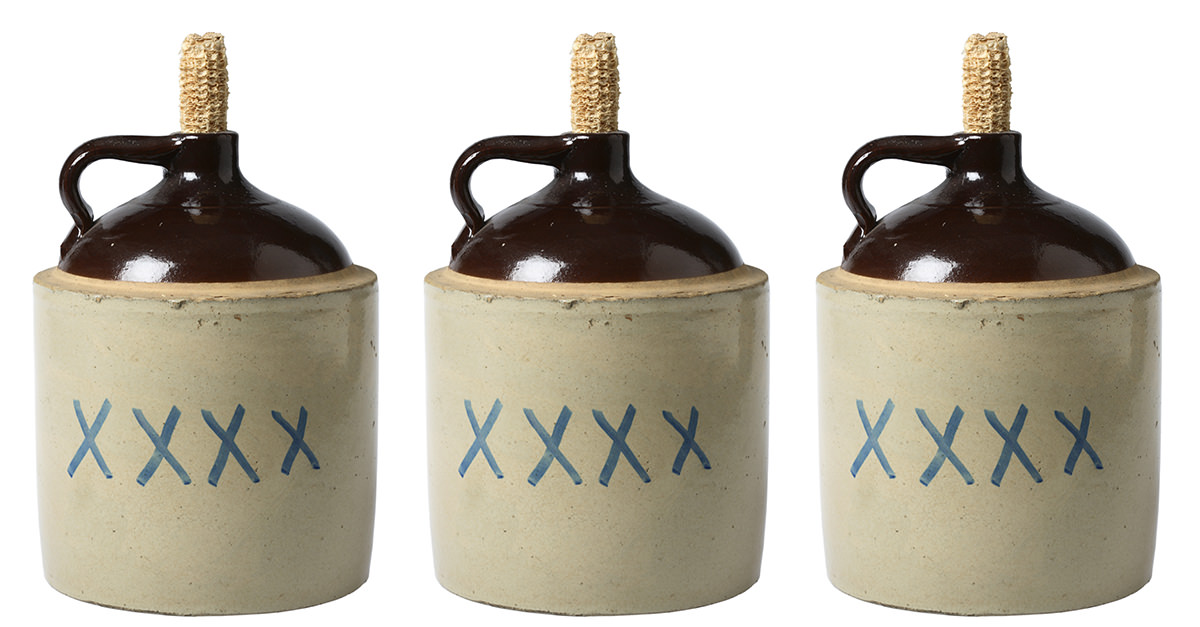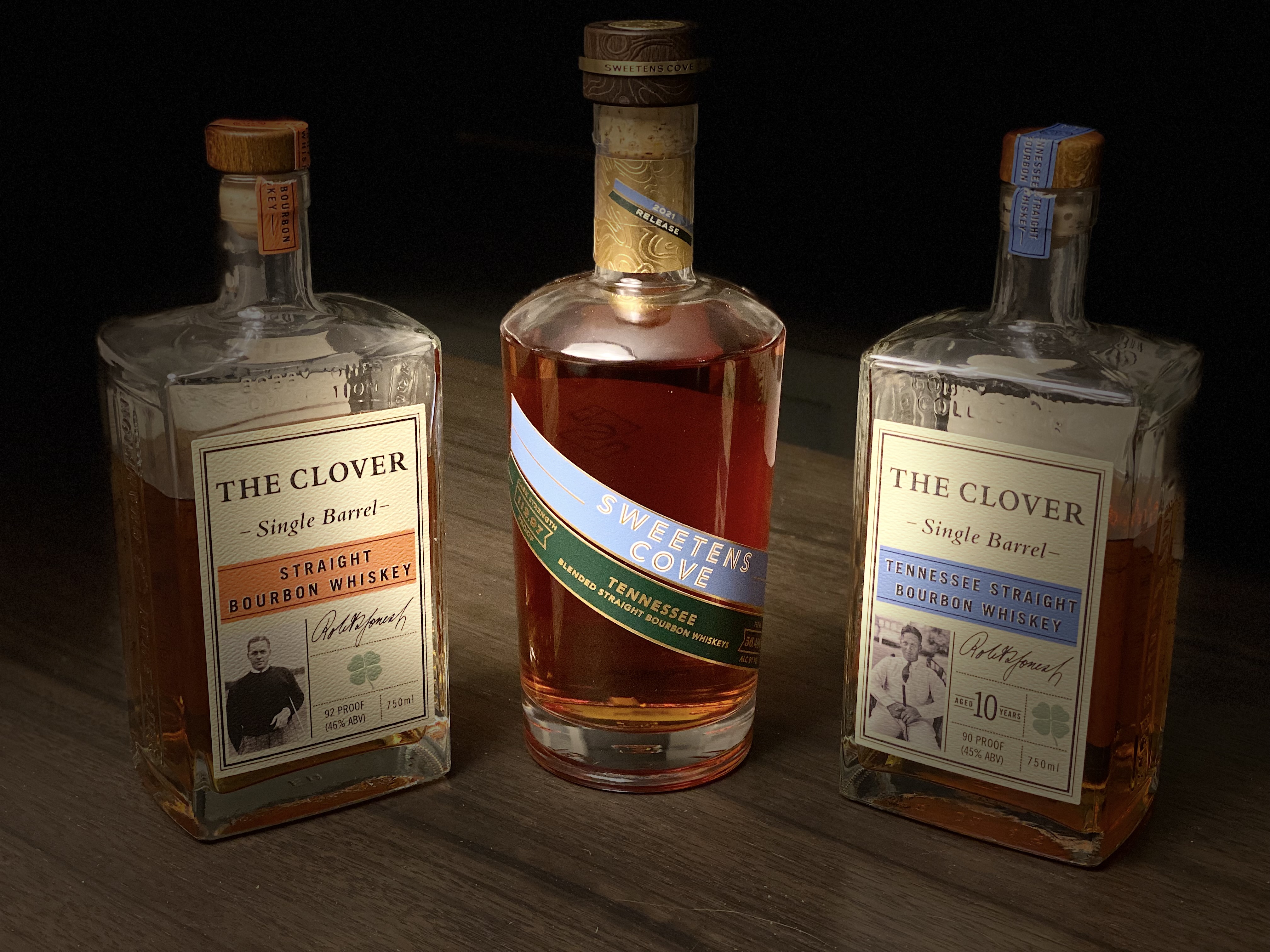Pull up Paul Simon on your Spotify and give his track from Rhythm of the Saints with the same title as this posta listen as you start reading. Sure, it has nothing to do with the subject of this piece, but there’s never a bad time to give this three-decade old song and album another spin. Well, maybe not entirely, because unfortunately recently with bourbon, proof does seem to be the bottom line for everyone.
Over the years, I have purchased several “barrel proof” or “cask strength” bourbons – those expressions that typically go well above the 90, 100, and 110 proof bourbons. Most bourbons now come in these versions – such as Elijah Craig Barrel Proof, Larceny Barrel Proof, Booker’s, Knob Creek Single Barrel, George T. Stagg, which at times has ventured over the 140-proof mark. I completely understand the allure of these bottles – they allow those who want to experience the true flavors of a bourbon straight from the barrel, to do so. And while I haven’t had the opportunity to taste a lot of these (like Stagg proper), I have several in my bourbon collection.
But what I have noticed is that they tend to stay there.
I do not pretend to have the nose or palate of many expert tasters, but I find that the top of my limit of bourbons to truly enjoy is right around the 110-115 proof mark. Once bottles start to head north of that, they tend to stay in my cabinet for quite a while after being opened. I instead prefer to drink from bottles that I can enjoy with the typical two-finger pour. Again, I understand that I could add water, ice, etc. to any high proof bottles to get them down to levels that I enjoy, but I instead prefer to defer to the distillers and what they’ve determined is the best expression to bring to market (and clearly marketing and profit are beyond the scope of this article – I also understand there are some pressures in that area to spread the wealth with water being less expensive than aged whiskey).
I have really enjoyed the recent Wood Finishing Series from Maker’s Mark with bottles that hover just below 110 proof. And when I can find it, Weller 107 is a constant. So, I do enjoy bottles with higher proofs, and bottles in this range tend to go fairly quickly once opened, but I still find that bottles that climb into the 120s, 130s, etc. stay on my shelf. (As a side note, as I’m writing this article, I pulled down a bottle of Larceny Barrel Proof (122.2 from 2020) that I first opened in August 2020. There is more than half of the bottle left, but when I tried to open it, I struggled to get the top and cork out. Clearly it had sat too long. My bad…I guess.).
I am fortunate to have several bottles of Stagg Jr., but I never find myself rushing to bring them out when friends come over or opening one up for the holidays. I instead would prefer to offer bottles that will keep the evening going longer (I admit that as time keeps on slipping into the future, the hangovers do hurt more than they used to – couldn’t resist a few more lyrical references). Also, maybe, just maybe, the fact that I have never paid secondary prices plays into this – I enjoy bottles of Eagle Rare, Breckenridge, Old Elk, shit, even Blanton’s and I’ve found myself against my better wishes, enjoying Longbranch.
The fact is, I much prefer being able to grab a bottle, even sometimes with a cube of ice, which is a solid pour without pretense. There are so damn many of these that are available, even at slightly higher proofs than I might like (Wild Turkey Rare Breed is a prime example). When it comes down to it, can the average bourbon fan really determine the difference between those rare high-proof offerings and those quality bottles that are available year-round? I seriously doubt it. So, yes, it would be a much better bourbon environment if Van Winkle 12 could still be found for $40 (and I’ll note that none of the Van Winkle line goes above 107 proof), but even without that availability, I still believe we need to move away from the fascination with higher and higher proof bourbons. Fortunately, we haven’t crossed or even neared the Everclear Rubicon, but I fear that we’re heading down that road.
While an 80 proof Basil Hayden may be a little too weak, there are so many available options between 90 and 115, that there should be no problem for all of us to go there. Basically, I’m just here to call you up and tell you something that you probably already know. If you can’t get those barrel proof gems, unicorns or any antique collections, just please try and stop the madness and enjoy the bourbons that you can buy today.




